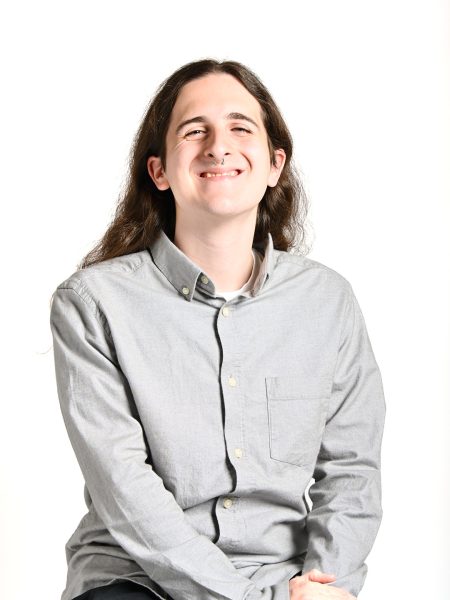Was that extra hour of sleep on Sunday helpful? Considering we are mere weeks away from finals week, any extra bit of sleep that you can get is good enough. You may be an unlucky soul who must take an 8 a.m. class, but that reality is made slightly less dreadful by the fact that it is slightly brighter in the unforsaken hours you need to be awake. There are a few nice elements that come from needing to go backwards in terms of time.
That is, if you are okay with the sun setting around 5:30 p.m., sometimes even earlier.
If we think about Pittsburgh and the number of sunny days we get, the results are bleak. According to bestplaces.net, we get, on average, 160 sunny days per year. On the surface, that may not sound too bad. However, compare this to the U.S. average — 205 — and we are already getting onto a bad start. Even worse, according to move. org, we get 203 cloudy days per year. When asked to name a city that lacks sun on most days, it is safe to assume that many people who are posed with this question would quickly say Seattle. This isn’t a wrong assumption by any means, as Seattle’s average is in the 200 range. The exact number is 201, which is somehow less than Pittsburgh’s.
If we have so few sunny days, then why do we even bother messing with time twice every year? After all, the amount of daylight we are forced to save is less than average at best.
Why do we even take part in daylight saving time in the first place? The practice came from the need to save energy during WWI and became law when Congress passed the Uniform Time Act, uniting the U.S. in our twice-yearly time travel ritual. Notice how the benefits are relevant to the past and not so much to how we live now. Perhaps it is time for this practice to be left in the past, just like homes that lack electricity. After all, the perceived savings we get by doing this are questionable at best, with some states like Indiana reporting that daylight saving time increases people’s electricity bills by $9 million a year. Pennsylvania does not have a statistic for energy saved or wasted because of the practice, but the state government has been vocal in trying to end daylight saving time. The last effort to go anywhere was PA House Bill 335, calling for the observation of “daylight saving time year-around if authorized by the Congress of the United States.” This bill was referred to the Senate in 2021 and has sat there since. A similar bill with the same purpose, PA House Bill 846, has stalled in the state house since January 2022.
And if you find yourself not feeling well after the time changes – especially when daylight saving time begins – you aren’t alone. Disruptions in a person’s 24-hour “internal clock” can lead to major negative consequences to their health, such as heart problems and depression. The time changes have also been linked to a higher chance of car crashes, mostly thanks to upticks in deer collisions. This is because deer are normally more active when it is dark, and the switch to standard time will cause more people to be suddenly driving in the dark.
What should happen instead? That is hard to say, as people will likely be split on this issue until the state passes a bill to end the observance of daylight saving time. There are arguments for staying with daylight saving time permanently or staying with “standard time” – what we went back to on Sunday – permanently.
As for myself, I support staying with standard time, as this is what our internal clocks are programmed for. Darkness before 6:00 p.m. sucks, but it’s consistent.



